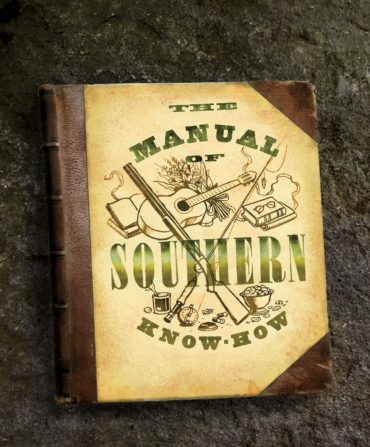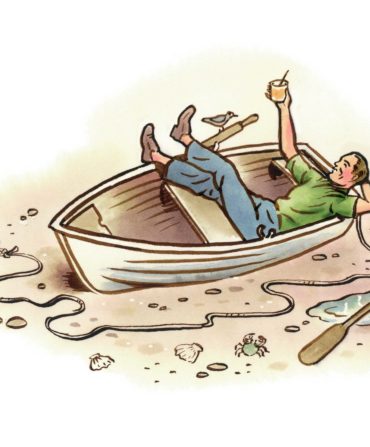Inherited, purchased, no matter: Take your silver out of your sideboard, give it a polish, and start working it into your day-to-day—boiled peanuts in a Jefferson cup, anyone?
THE PERSONAL
“I lost my mother and my grandmother in the same year,” Farmer says, “and to use something silver of theirs—whether it’s a soupspoon or a cake cutter—gives me a direct connection to them.” Start small, and don’t worry about honoring the piece’s intended purpose. Farmer uses a silver gumbo spoon to eat his Cheerios out of a silver bowl—“the metal keeps the milk cold.” And no need to spend a lot to build a collection. “It can be a ten-dollar silver tray you found at a junk store, but you can throw your necklaces on it, by your sink, or you can put mail on it.” Silver can also help hosts pull a neat trick. “If I’ve got friends coming over, I’ll open up a little thing of Palmetto Cheese and put it in Mimi’s silver bowl. People think you’ve been making that pimento cheese all day long. It’s like my grandmother always said: We eat with our eyes first.”
THE PRACTICAL
Keeping your silver dormant is what tarnishes it. “If you use it regularly, you don’t have to polish it that much,” Farmer says. Instead, hand wash, or just wipe the pieces clean—Farmer keeps reusable silver cloths under his sink. He suggests a few other shortcuts, too. You can wash your unadorned silver in the dishwasher, as long as you use a mild detergent (read: no lemon scent) and don’t add in any stainless-steel serving pieces, which can cause a chemical reaction. For really tarnished pieces, Farmer takes a piece of aluminum foil (shiny side only) and rubs the pieces down with a mixture of hot water, salt, and baking soda.








